Museo Nacional de Arte (MUNAL), Mexico City | Art Museum Guide

Source: Scottnicholay, Museo Nacional de Arte (MUNAL), Wikipedia, https://commons.wikimedia.org/wiki/File:MUNAL.jpg
The art museum, Museo Nacional de Arte (MUNAL), Mexico City stands as one of the country’s most prestigious cultural institutions, offering a captivating journey through centuries of Mexican artistic achievement. Located in the heart of the historic center, the museum occupies a grand neoclassical building that is itself a masterpiece of early 20th-century architecture.
Founded in 1982, MUNAL is dedicated to preserving, studying, and showcasing Mexico’s visual heritage from the 16th century to the first half of the 20th century. Its extensive collection includes colonial masterpieces, academic art, and early modernist works, providing visitors with a comprehensive view of the nation’s evolving artistic identity.
The museum’s galleries highlight the works of renowned figures such as José María Velasco, Diego Rivera, and Saturnino Herrán, while also celebrating lesser-known artists whose contributions shaped Mexico’s creative landscape. In addition to its permanent displays, MUNAL hosts rotating exhibitions, educational programs, and cultural events that engage audiences of all ages.
As both a treasure trove of art and an architectural landmark, the art museum, Museo Nacional de Arte (MUNAL), Mexico City offers a rich and immersive experience for visitors. It is a place where history, culture, and artistry come together to tell the story of Mexico’s visual legacy.
Historical Significance
The art museum, Museo Nacional de Arte (MUNAL), Mexico City holds a distinguished place in the nation’s cultural history. Established in 1982, it occupies a remarkable neoclassical building originally constructed in the early 20th century to serve as the Palace of Communications. Designed by Italian architect Silvio Contri, the structure reflects European architectural grandeur blended with Mexican artistic sensibilities.
The building itself is a testament to the cultural ambitions of post-porfirian Mexico, showcasing ornate facades, intricate stonework, and a magnificent central courtyard crowned by an elegant glass dome. This architectural masterpiece symbolizes Mexico’s transition into the modern era while honoring its rich heritage.
MUNAL’s historical significance extends beyond its physical beauty. As a central institution in Mexico’s artistic landscape, the museum was founded to consolidate and preserve the nation’s vast collection of artworks from the 16th century to the first half of the 20th century. It became a focal point for art scholarship, conservation, and public engagement, ensuring that Mexico’s artistic narrative is shared with future generations.
Located in the historic center of Mexico City, the museum forms part of an area recognized as a UNESCO World Heritage Site. Its presence adds depth to the cultural tapestry of the city, linking art lovers directly to centuries of creative expression. The art museum, Museo Nacional de Arte (MUNAL), Mexico City is not only a repository of priceless works but also a living monument to the nation’s evolving identity, making it an essential stop for anyone seeking to understand Mexico’s artistic heritage.
Collection Highlights
The art museum, Museo Nacional de Arte (MUNAL), Mexico City houses an extraordinary collection that captures over four centuries of Mexico’s artistic evolution. From the early colonial period to the modernist movements of the 20th century, the museum offers a comprehensive journey through the nation’s visual history.
Its colonial art galleries present masterworks from the 16th to 18th centuries, often religious in theme, with intricate altarpieces, portraits, and historical scenes that reflect the fusion of European and Indigenous artistic traditions. These works not only display technical mastery but also convey the cultural and spiritual life of the era.
The academic art section highlights the influence of European schools on Mexican painters during the 19th century. Visitors can appreciate finely detailed landscapes, portraits, and allegorical works, with artists such as José María Velasco standing out for their ability to capture Mexico’s natural beauty.
In the modernist galleries, the collection shifts toward bold experimentation, capturing the spirit of national identity and political change in the early 20th century. Notable figures like Diego Rivera, Saturnino Herrán, and Ángel Zárraga are represented, showcasing the richness and diversity of Mexican modernism.
Beyond paintings, MUNAL’s holdings include sculpture, drawings, and decorative arts, all contributing to a fuller understanding of Mexico’s artistic heritage. Each piece is thoughtfully displayed to enhance historical context and visual impact. The art museum, Museo Nacional de Arte (MUNAL), Mexico City offers not just an exhibition of art, but an immersive cultural experience, drawing visitors into the heart of Mexico’s creative legacy.
Notable Artists Represented
The art museum, Museo Nacional de Arte (MUNAL), Mexico City is home to an impressive array of works by Mexico’s most celebrated artists. Spanning centuries of creativity, the collection offers visitors a rare opportunity to see masterpieces from pivotal figures in the country’s art history.
Among the most notable is José María Velasco, renowned for his breathtaking landscapes that capture the beauty of Mexico’s valleys and mountains with meticulous detail. His works not only showcase technical precision but also a deep connection to the nation’s natural heritage.
Diego Rivera, one of the most influential figures in Mexican modernism, is also represented at MUNAL. His early easel paintings reveal the bold colors, strong forms, and political undertones that would define his later mural work. Saturnino Herrán, known for blending indigenous themes with modernist sensibilities, offers pieces rich in symbolism and cultural pride.
Ángel Zárraga, celebrated for his refined style and European influences, adds an international dimension to the collection, while Juan Cordero’s academic works reflect the rigorous training of Mexico’s 19th-century art scene.
Through these artists and many others, the art museum, Museo Nacional de Arte (MUNAL), Mexico City presents a vivid panorama of Mexican art, illustrating the nation’s evolving identity. Each artist’s contribution is carefully contextualized, allowing visitors to appreciate their significance in shaping the country’s visual culture. This gathering of creative voices ensures MUNAL remains an essential destination for anyone passionate about art.
Colonial Art Displays
The art museum, Museo Nacional de Arte (MUNAL), Mexico City holds an exceptional collection of colonial art, offering a profound glimpse into Mexico’s artistic traditions from the 16th to 18th centuries. These works reflect the fusion of European techniques with indigenous influences, resulting in a distinctive style that defined the visual culture of the era.
The colonial galleries feature religious paintings, altarpieces, and sculptures that were integral to church decoration and spiritual life. Subjects often include biblical narratives, saints, and devotional imagery, executed with intricate detail and rich symbolism. Artists such as Cristóbal de Villalpando and Miguel Cabrera stand out for their masterful handling of light, color, and composition.
In addition to religious works, the collection includes portraits of prominent figures from colonial society, capturing the fashions, social status, and cultural norms of the time. These paintings provide valuable insight into the historical context of New Spain and its diverse communities.
The craftsmanship of the colonial period is further reflected in decorative arts, including gilded frames, carved wooden panels, and elaborate textiles. Each piece demonstrates the high level of skill and artistry cultivated during this era.
By preserving and showcasing these works, the art museum, Museo Nacional de Arte (MUNAL), Mexico City allows visitors to connect with the cultural and spiritual foundations of Mexican art. The colonial displays are not only visually captivating but also serve as a bridge to understanding the country’s historical evolution, making them a cornerstone of the museum’s identity.
Academic Art Exhibits
The art museum, Museo Nacional de Arte (MUNAL), Mexico City features an outstanding collection of academic art, representing a significant period in Mexico’s artistic development during the 19th century. This era was marked by the influence of European neoclassical and romantic traditions, which shaped the work of Mexican painters and sculptors trained in formal academies.
The academic art galleries display finely executed portraits, landscapes, and historical scenes that emphasize technical mastery, realism, and harmonious composition. Artists of this period sought to convey grandeur and refinement, often using themes from classical mythology, religious history, and patriotic narratives.
Juan Cordero, considered one of the pioneers of Mexican academic painting, is represented with works that blend European techniques with national themes. Similarly, Santiago Rebull’s meticulous portraits demonstrate the disciplined approach that was the hallmark of academic training.
These works not only highlight the skill of the artists but also reflect the cultural aspirations of 19th-century Mexico, a period of nation-building and modernization. The academic style became a means of projecting sophistication and aligning Mexico’s artistic output with the prestigious traditions of Europe.
The art museum, Museo Nacional de Arte (MUNAL), Mexico City presents these pieces in a way that emphasizes their historical and aesthetic value, allowing visitors to appreciate the precision, discipline, and elegance that define academic art. This section serves as an important bridge between the colonial and modernist movements within the museum’s extensive collection.
Modernist Works
The art museum, Museo Nacional de Arte (MUNAL), Mexico City offers an inspiring collection of modernist works, reflecting the dynamic artistic transformations of the late 19th and early 20th centuries. This period marked a departure from rigid academic traditions, embracing experimentation, symbolism, and a renewed focus on Mexican identity.
Modernist art at MUNAL showcases bold compositions, vibrant color palettes, and innovative techniques that broke away from the formal constraints of earlier eras. The collection includes notable works by Diego Rivera, whose early paintings reveal his mastery of form and his evolving social consciousness. Saturnino Herrán is another central figure, celebrated for integrating indigenous themes with modernist sensibilities, creating emotionally powerful and culturally resonant imagery.
Ángel Zárraga’s sophisticated style, shaped by his experiences in Europe, adds a cosmopolitan dimension to the modernist collection. His works often balance traditional techniques with avant-garde influences, reflecting the interconnectedness of global and Mexican art movements.
The modernist section also captures the spirit of a Mexico undergoing profound social and political changes. Through portraits, allegorical scenes, and landscapes, these artists conveyed a vision of a nation redefining itself in the wake of revolution and modernization.
By presenting these works in dialogue with earlier periods, the art museum, Museo Nacional de Arte (MUNAL), Mexico City offers visitors a deeper understanding of how modernist artists shaped a new visual language. This section stands as a testament to the creative energy and cultural pride that continue to inspire Mexican art today.
Architectural Beauty
The art museum, Museo Nacional de Arte (MUNAL), Mexico City is as much an architectural marvel as it is a repository of artistic treasures. Housed in the former Palace of Communications, the building was designed by Italian architect Silvio Contri in the early 20th century and stands as a prime example of neoclassical and eclectic architectural styles.
The exterior is adorned with elegant stone facades, Corinthian columns, and finely crafted ornamental details that reflect the grandeur of the Porfirian era. The symmetry and balance of the design convey a sense of prestige and authority, befitting its original governmental function.
Inside, visitors are greeted by a majestic central courtyard crowned with a glass dome that bathes the space in natural light. Grand marble staircases, decorative ironwork, and intricate moldings enhance the building’s historic charm. The use of fine materials and careful craftsmanship throughout underscores its importance as a cultural landmark.
Beyond its visual splendor, the building’s layout is designed to guide visitors seamlessly through the museum’s chronological presentation of Mexican art. In this way, the art museum, Museo Nacional de Arte (MUNAL), Mexico City is not just a place to view art—it is an immersive architectural experience that complements and elevates the works it houses.
Rotating Exhibitions
The art museum, Museo Nacional de Arte (MUNAL), Mexico City is renowned for its dynamic rotating exhibitions, which complement its permanent collection and provide fresh perspectives on art. These temporary displays bring together works from other institutions, private collections, and international loans, offering visitors the chance to engage with pieces rarely seen in Mexico.
Rotating exhibitions at MUNAL explore a wide range of themes, from focused retrospectives on individual artists to broader studies of artistic movements, historical periods, or cultural dialogues. They often highlight connections between Mexican art and global trends, creating enriching cross-cultural conversations.
These exhibitions are carefully curated to maintain scholarly rigor while remaining accessible to diverse audiences. Detailed wall texts, multimedia presentations, and educational activities accompany many shows, ensuring that visitors gain deeper insight into the artworks and their context.
The frequency of these exhibitions means that no two visits to MUNAL are ever the same. Whether revisiting classic Mexican masters in a new light or discovering contemporary perspectives on historical themes, guests are continually offered something unique.
By presenting innovative and relevant exhibitions, the art museum, Museo Nacional de Arte (MUNAL), Mexico City reinforces its role as a vibrant cultural hub. These rotating displays ensure the museum remains an evolving space where the past and present of artistic expression meet.
Visitor Amenities
The art museum, Museo Nacional de Arte (MUNAL), Mexico City offers a variety of visitor amenities designed to enhance the overall museum experience. From practical services to comfort-focused facilities, MUNAL ensures that every guest can enjoy their visit with ease.
Inside the museum, a well-curated gift shop provides visitors with a selection of art books, exhibition catalogs, postcards, and unique souvenirs inspired by the collection. These items make for meaningful keepsakes or thoughtful gifts for art enthusiasts.
For those looking to take a break during their visit, the museum’s café offers a comfortable setting to enjoy refreshments, light meals, or coffee while reflecting on the artworks viewed. The café’s location within the building allows for a relaxing pause without leaving the cultural environment.
Rest areas are strategically placed throughout the galleries, offering seating where visitors can rest between exhibits. The museum also provides clean restroom facilities and cloakroom services to store bags and coats securely.
Additionally, the art museum, Museo Nacional de Arte (MUNAL), Mexico City offers guided tour options, audio guides, and printed materials to help visitors better understand the artworks on display. These thoughtful amenities ensure that guests not only enjoy the art but also engage deeply with the museum’s offerings.
Location And Accessibility
The art museum, Museo Nacional de Arte (MUNAL), Mexico City is ideally situated in the heart of the city’s historic center, making it easily accessible to both locals and tourists. Located on Tacuba Street, the museum is surrounded by other cultural landmarks, colonial architecture, and bustling plazas that enrich the visit.
Public transportation options make reaching the museum simple. The nearby Bellas Artes and Allende Metro stations provide convenient access, while multiple bus routes and pedestrian-friendly streets ensure connectivity from various parts of the city. For those arriving by car, parking facilities are available within walking distance.
Accessibility is a priority at MUNAL. The museum is equipped with ramps, elevators, and wide pathways to accommodate visitors with mobility needs. Wheelchair access is available for all main exhibition areas, ensuring an inclusive experience for everyone.
Clear signage and multilingual information make navigation straightforward, and museum staff are readily available to assist with directions or inquiries. The central location also means that dining, shopping, and accommodation options are within a short walk, allowing visitors to easily plan a full day in the area.
With its prime setting and commitment to accessibility, the art museum, Museo Nacional de Arte (MUNAL), Mexico City is not only an artistic treasure but also a conveniently reachable destination for all audiences.
Conclusion
The art museum, Museo Nacional de Arte (MUNAL), Mexico City stands as a cornerstone of the nation’s cultural identity, offering an unparalleled journey through centuries of artistic achievement. From its grand neoclassical architecture to its diverse collection spanning colonial, academic, and modernist works, MUNAL provides a rich and immersive experience for visitors. Its rotating exhibitions, educational programs, and accessible location make it a vibrant hub for art appreciation. Whether exploring masterworks by renowned Mexican artists or enjoying the building’s architectural elegance, the art museum, Museo Nacional de Arte (MUNAL), Mexico City remains an essential destination for art lovers worldwide.
Let Us Know What You Think!
Every information you read here are written and curated by Kreafolk's team, carefully pieced together with our creative community in mind. Did you enjoy our contents? Leave a comment below and share your thoughts. Cheers to more creative articles and inspirations!


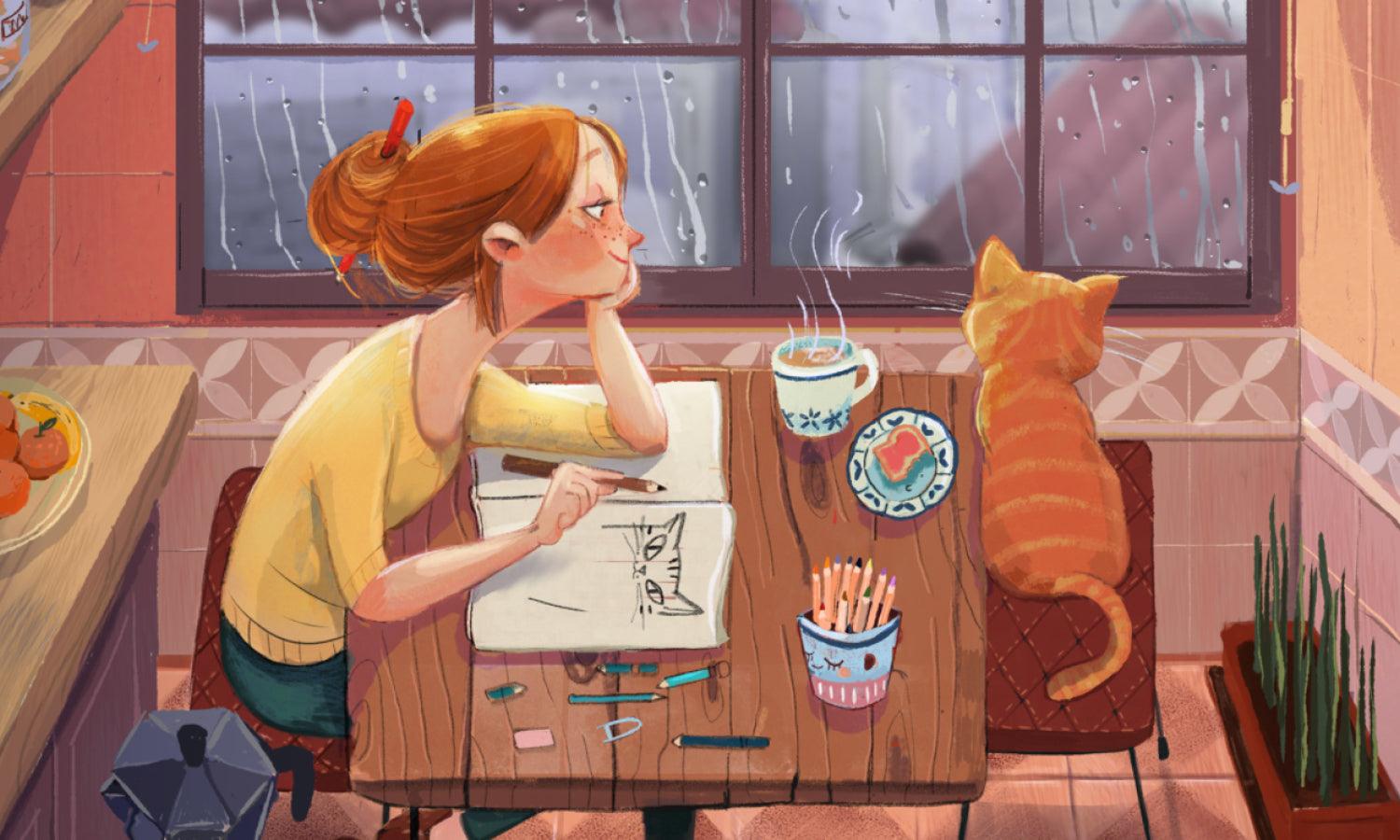
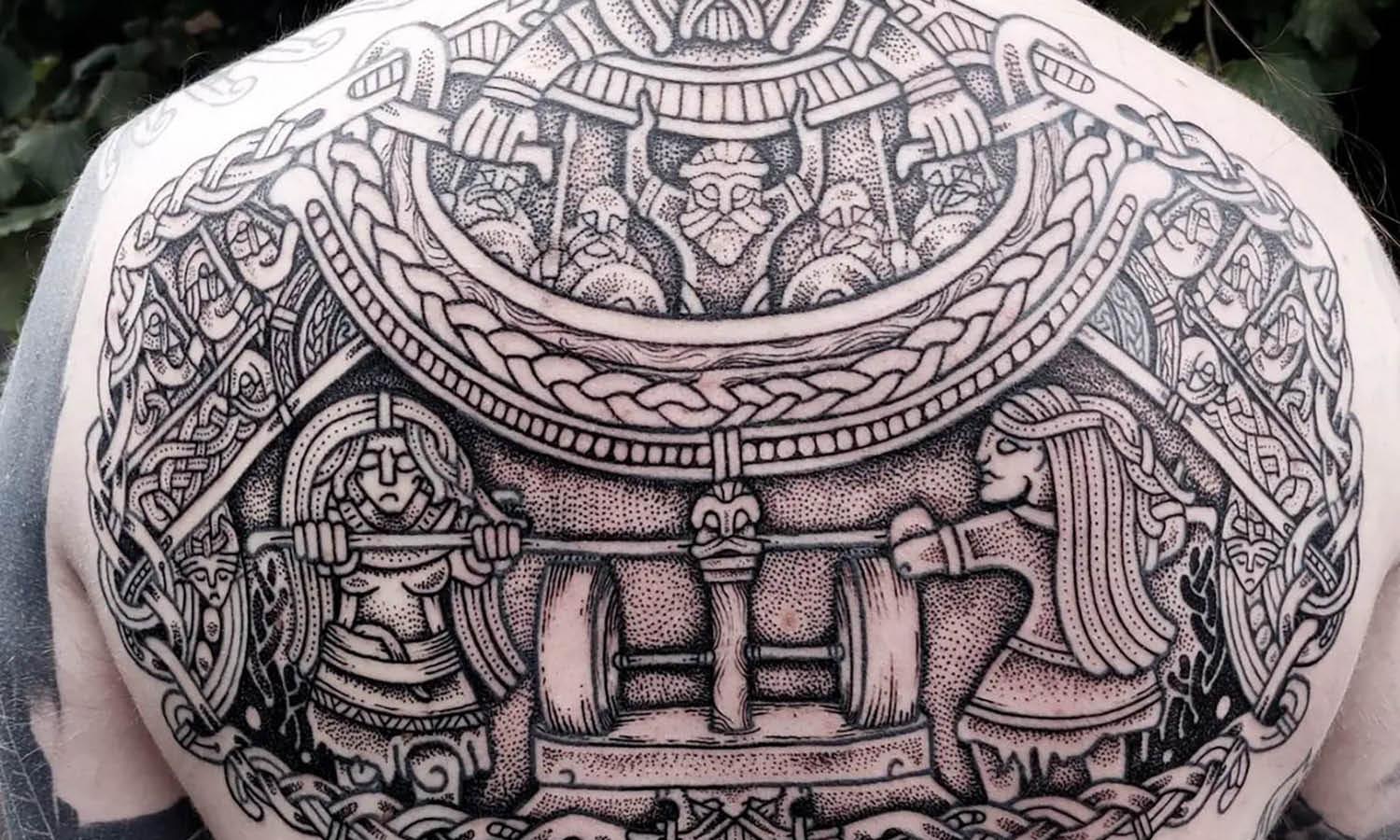
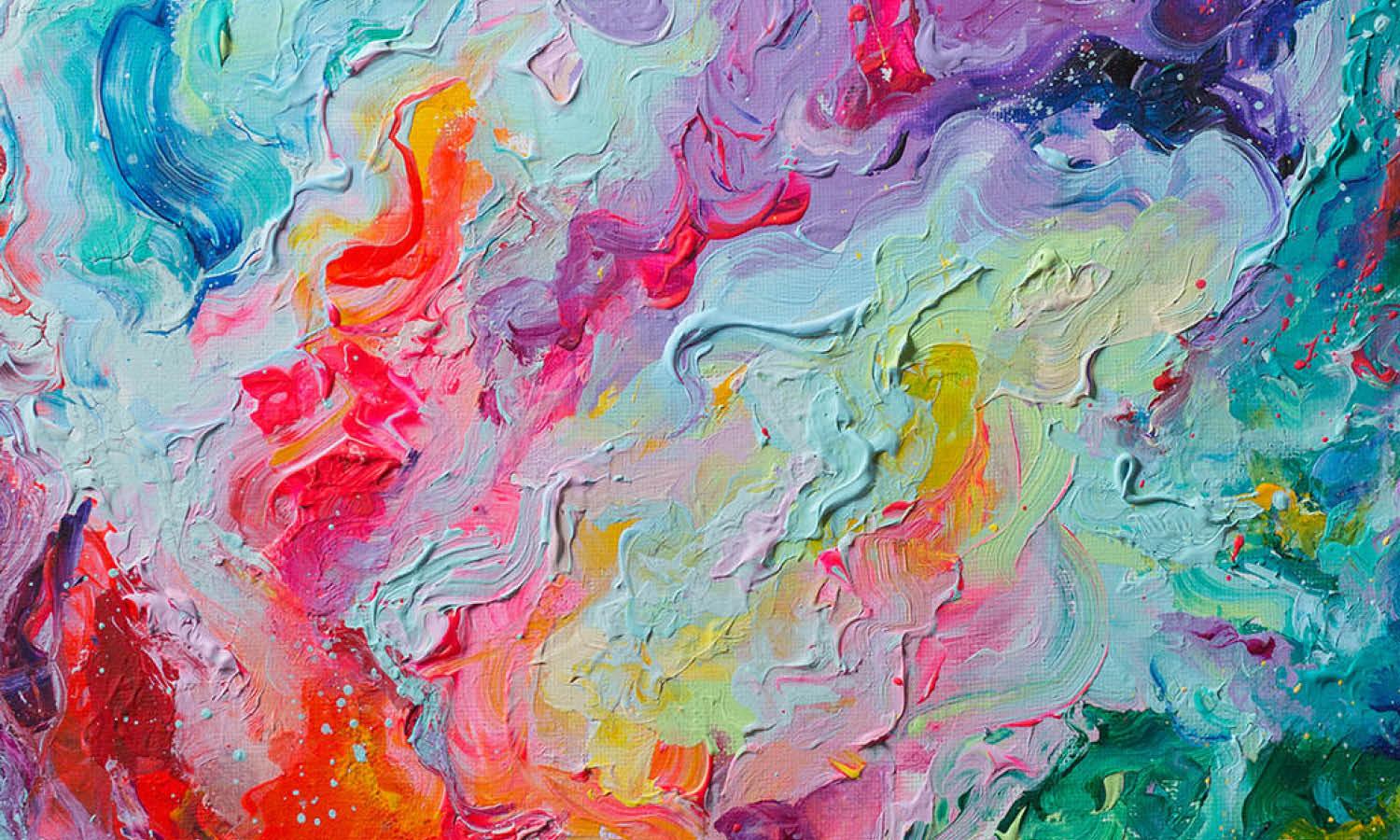
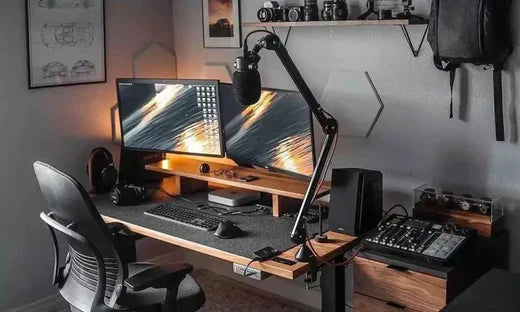


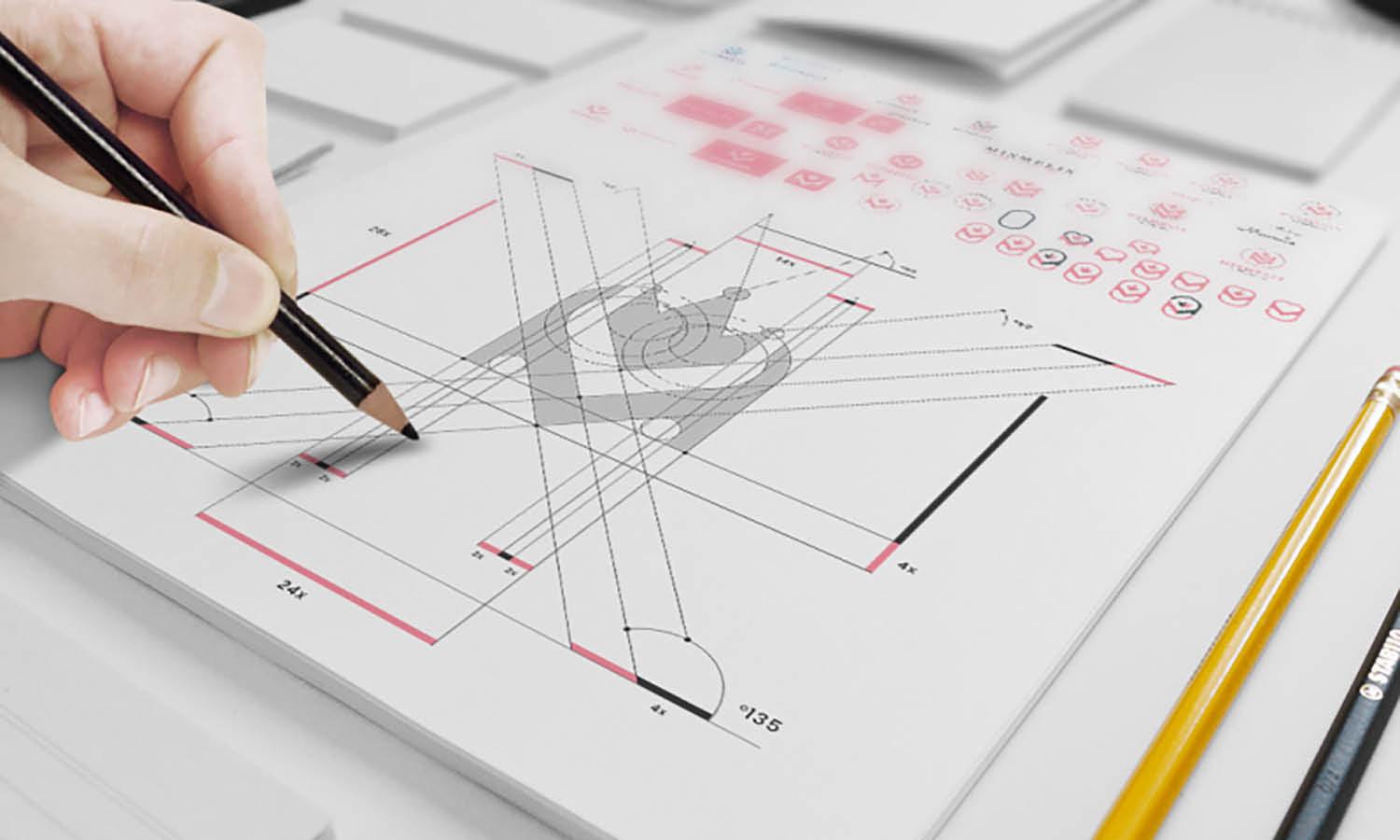







Leave a Comment